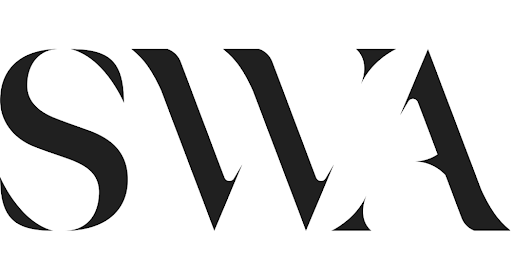Stonebriar Financial: Redefining Wealth Management Beyond the Status Quo

When Gary Preisser and Shea Swenson founded Stonebriar Financial, they did so with a clear objective: to challenge an industry that too often relies on generic models and underdelivers for clients. With a career path that began in accounting and tax planning, Preisser gained early exposure to the financial realities of business owners, how every decision came back to cash flow, taxes, and strategic planning. That grounding would later shape his view of personal financial planning, where he saw a mismatch between the industry's methods and clients' real needs.
"Traditional advisors sit clients down, run them through a risk questionnaire, and drop them into a portfolio that looks exactly like everyone else with the same age and risk profile," Preisser says. "But people aren't templates. Every household has unique income streams, obligations, and goals. The industry simply isn't structured to recognize that."
Stonebriar was built as a response to this gap, and its philosophy goes well beyond simply managing investments. At the heart of its approach is a recognition that cash flow dictates every financial decision, but it doesn't stop there. The firm also prioritizes tax planning, active portfolio management, and positive Alpha, combining them into an integrated strategy designed to deliver both security and growth.

One of the firm's most notable methodologies is the Cash Flow Clock, a portfolio design framework that structures assets according to liquidity needs.
Instead of slotting clients into generic market structures, Stonebriar designs portfolios around the timing of when money will be needed. Assets are separated into three categories: lazy money, safe money, and risky money, each determined not by age or risk classification, but by liquidity requirements.
Assets earmarked for the short term (lazy money) are placed in guaranteed or liquid channels, mid-term funds (safe money) are positioned in principal-protected instruments, and long-term (risky money) allocations are invested in equities and growth-oriented strategies.
This sequencing helps clients avoid the classic pitfall of being forced to sell assets in a market downturn simply to cover expenses. "The problem isn't that the market goes down; the problem is being forced to sell in a downturn because you need income. By properly structuring portfolios to account for our clients' cashflow needs, they never have to sell growth investments out of desperation," Swenson says.
Tax strategy is another cornerstone of Stonebriar's work. Preisser is candid about how often this piece is ignored by advisors who aren't working with ultra-high-net-worth households. He emphasizes the importance of asset location, ensuring investments are aligned with the tax treatment of the accounts they sit in. Roth IRAs, for example, are reserved for higher-growth, higher-risk assets to maximize tax-free compounding, while taxable accounts are managed for efficiency of withdrawals and lower volatility.

"Too many advisors treat every account the same," he says. "But tax planning is where you can create significant long-term efficiency without adding risk." Performance also matters, and Stonebriar measures its success not only in terms of stability and planning but in raw results.
The partners are unapologetic about their stance on Alpha, which is the excess return generated over a benchmark adjusted for risk. Many mutual funds underperform the S&P 500 after fees. This may be compliant in the financial industry but not acceptable at Stonebriar. According to Swenson, "If you're charging a fee, you'd better deliver value. Otherwise, your clients would be better off buying the index." Stonebriar has reported positive Alpha in its equity strategies, a point they view as validation that the firm's integrated approach to management, tax efficiency, and timing has tangible results.
But the firm's ambitions go further than serving its direct clients. Through its registered investment advisory, Stonebriar is opening its framework to independent advisors who want to break free of cookie-cutter models. Advisors can join or partner with the firm to access its methodology. "The tools to do this have always been available," Swenson says. "We've simply applied them with discipline. If advisors wake up to that, they can deliver more for their clients, and they should."
Stonebriar represents both a critique of the industry and a blueprint for doing better. Through combining a disciplined approach to cash flow, proactive tax planning, active management, and a focus on Alpha, Preisser and Swenson have built a model that they believe restores clarity and control for clients.
"The first question we ask is always about cash flow, because it drives everything else," Preisser says. "Once we know that, the rest of the plan takes shape. And when you integrate tax and performance into that structure, you end up with something far stronger than the industry standard."
For retirees and pre-retirees navigating one of life's most financially vulnerable transitions, that clarity can make all the difference. Stonebriar Financial stands as proof that wealth management doesn't have to be generic or reactive. It can be tailored, tax-efficient, and growth-oriented, all while providing the confidence that clients will not be caught unprepared in moments of volatility.
© Copyright IBTimes 2025. All rights reserved.



















